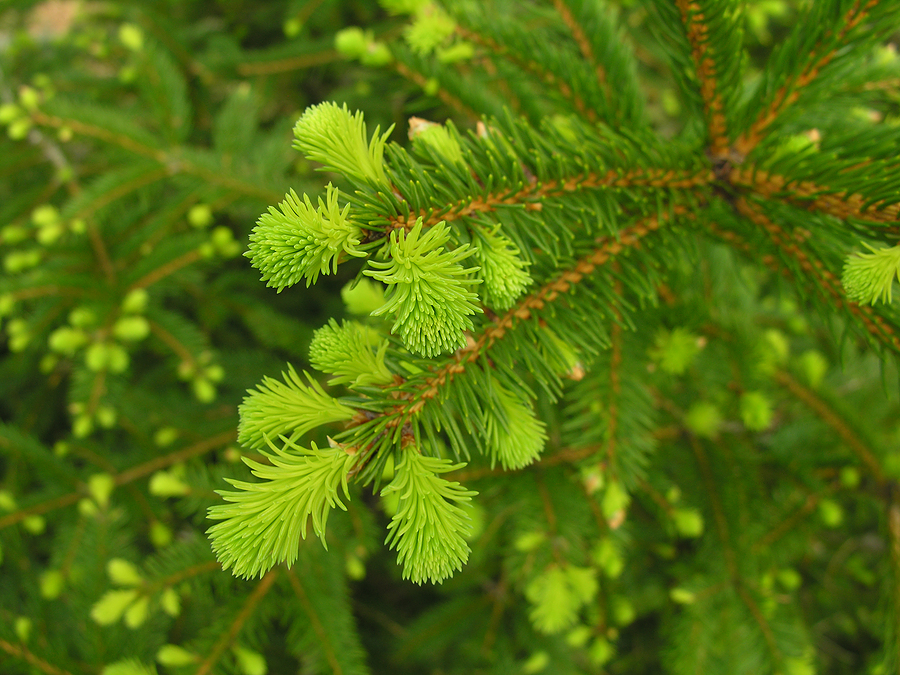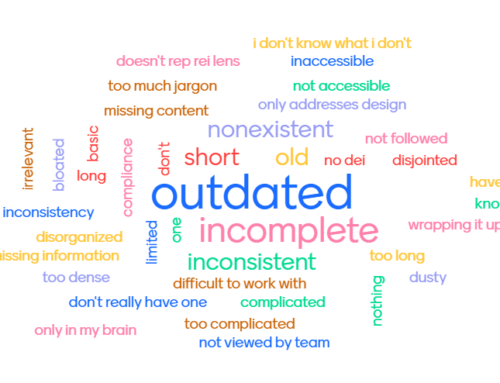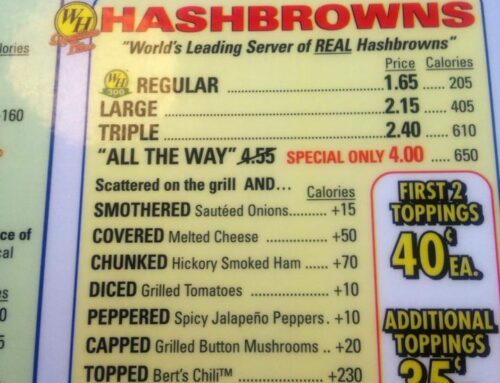Evergreen content is information that stays fresh from season to season, much like an evergreen tree. You may not need to change it all, or to only make minor tweaks from time to time.
Evergreen content often takes these forms:
- How to articles or tutorials
- Top ten or “best of” lists
- Core principals, ideas or values
- Best practices
- Frequently asked questions (with your best answers)
- Trends, timelines, or historical accounts
Producing evergreen content is essential for a variety of reasons, not least of which is that it makes your job easier! I’ll share some tips next week on creating evergreen content that will show you what a great approach it is for super busy communicators (hint: it’s fabulous for repurposing).
As a nonprofit communicator, you should be using evergreen content in lots of different ways within your content strategy.
Static “About” Pages on Your Website
The pages on your website that don’t change very often, like your About Us pages and basic program descriptions, are evergreen content. You should schedule a reminder in whatever to-do list tracking or calendar system you use to double-check those pages on your website at least once a quarter to ensure they are still accurate. Otherwise, you can set these pages up and not worry about them.
Your Core Content — for Both Visitors and Search Engines
In many cases, evergreen material will be the heart of your website. Think about why visitors come to your site. Another way to think about this is “What questions do people have that we have great answers for?”
That leads naturally into creating content for search engines too, since many searches are based on people looking for answers. Even though Google is paying more notice to fresher content than it used to, you still want to develop a set of core pages on your site about the primary topics you want to be known for or associated with.
Evergreen content is great for improving your search engine optimization, because – if it’s genuinely good — others will link to it over the course of many months and even years, creating more authority for the page, which is a factor in how highly your content ranks in search engines. That’s because evergreen content is great link bait. People love to link to and share how-to articles, lists, etc. That’s why it’s better to create a core set of pages on your site with evergreen content, and to make minor modifications to those pages over time without changing the URL, rather than creating a brand new page any time you need to make an update to one item on the list, for example.
That doesn’t mean you can’t blog about changes — that’s a great strategy too, because you get the benefits of being timely. But that timely blog post should then link back to the core evergreen content on your website.
Your Major Landing Pages
Another way to think about organizing your evergreen content is around the primary landing pages (the pages you most often link to from emails or social media) on your site. For example, if you have a clear-cut list of calls to action that use over and over, you can create landing pages that are mostly evergreen, with a little space at the top to edit with some timely content.
For example, if you need volunteers year-round, you could create a landing page where 80% of the content doesn’t really change (e.g. how to apply, basic tasks that volunteers do, FAQs). But the top 20% of the page you might change on a seasonal basis so that it feels more fresh. You can also change the photography you use on pages to show the changing seasons, which makes the content feel more timely even if you don’t change many of the words.
This doesn’t preclude you from developing short-term, campaign specific landing pages too, especially for online fundraising campaigns, for example.
Next week, I’ll share some tips on how to get the most out of your evergreen content once you have it written.
How Does Your Nonprofit Use Evergreen Content?
Share your stories in the comments.







